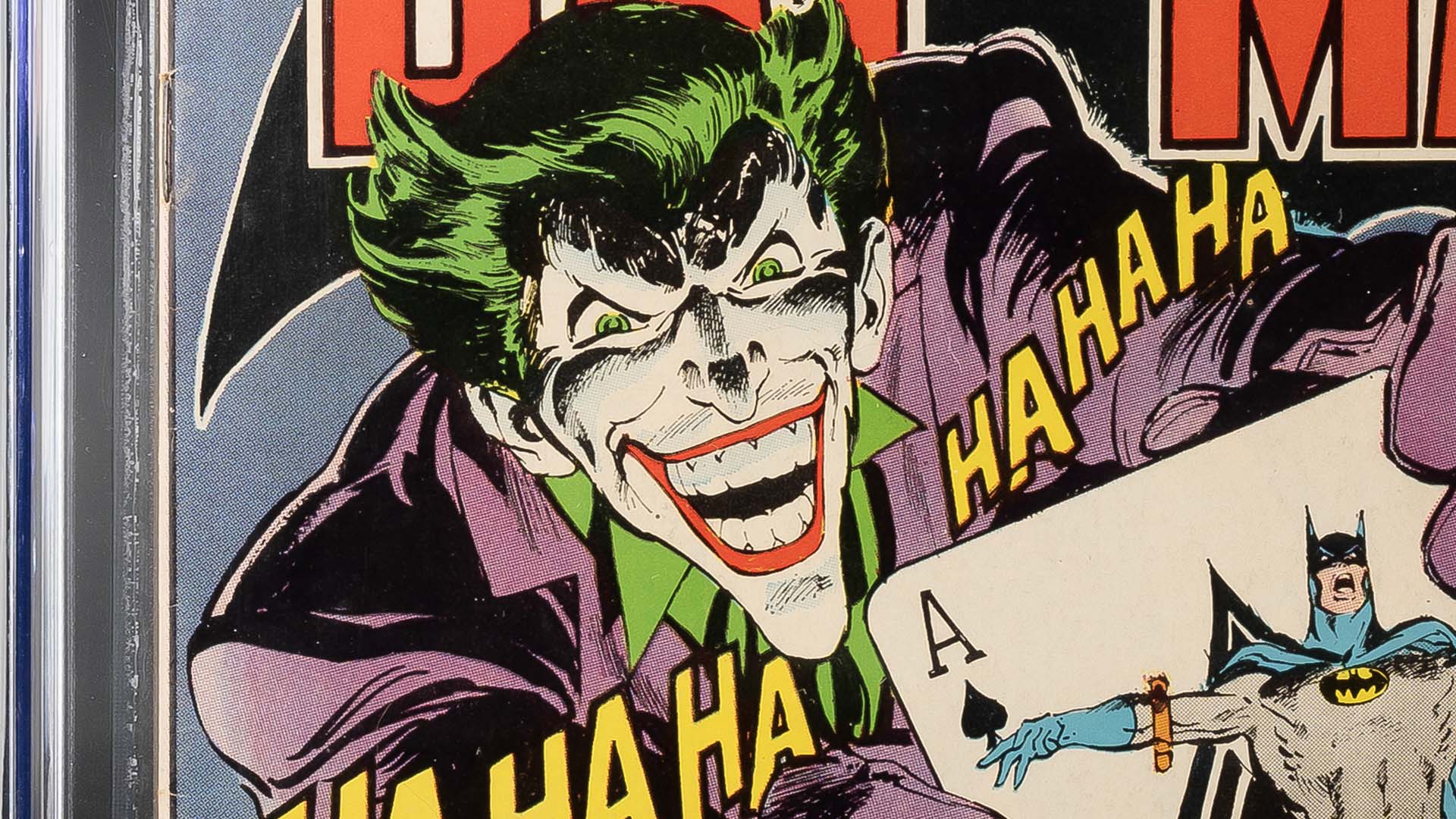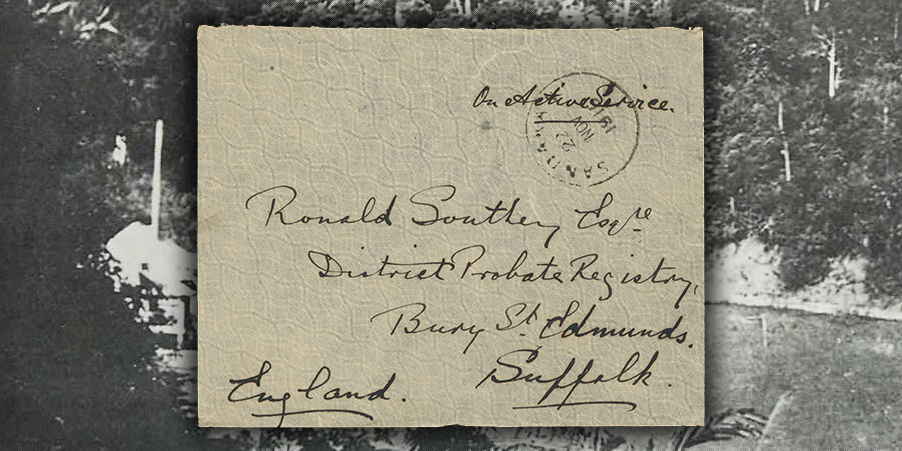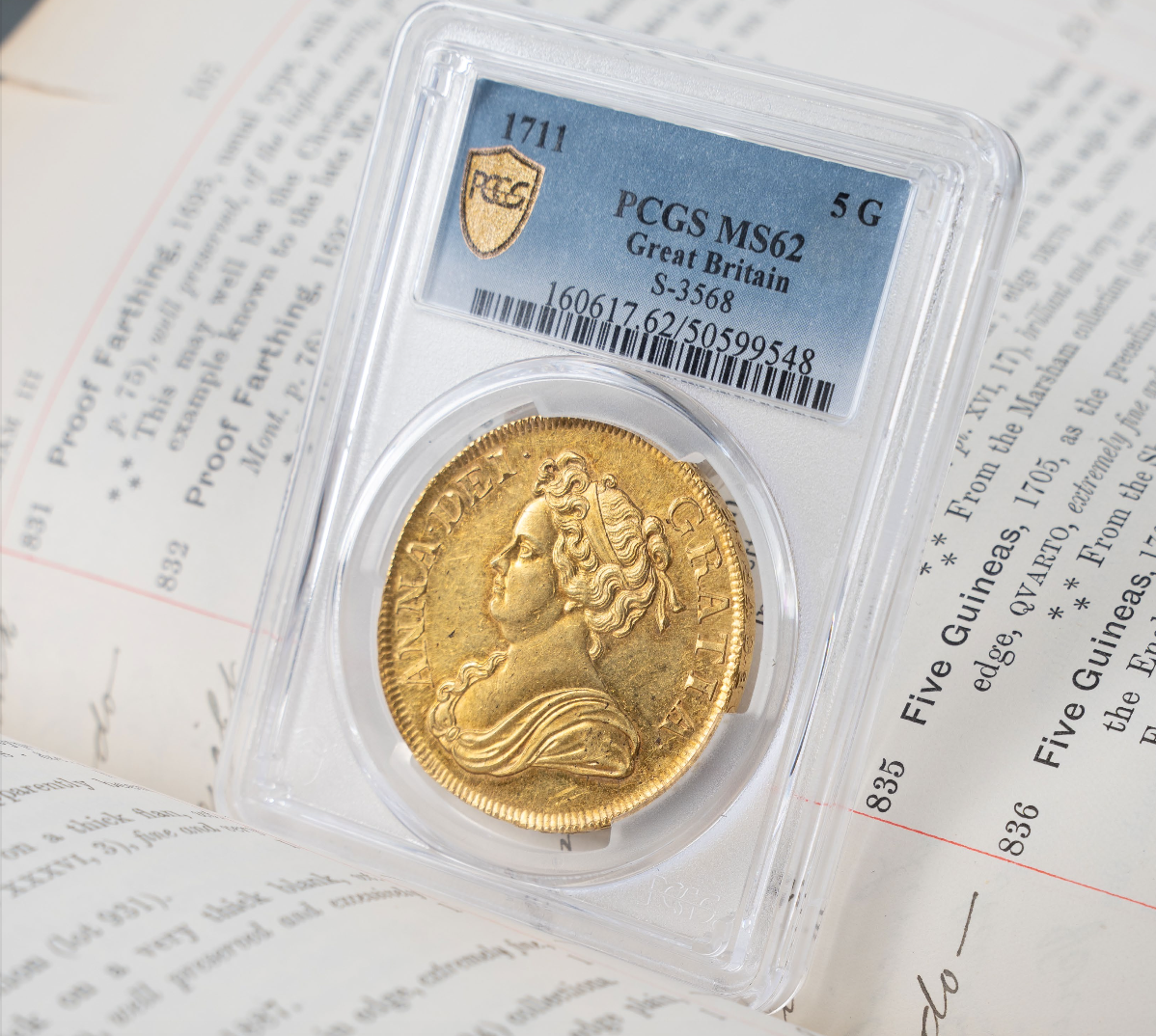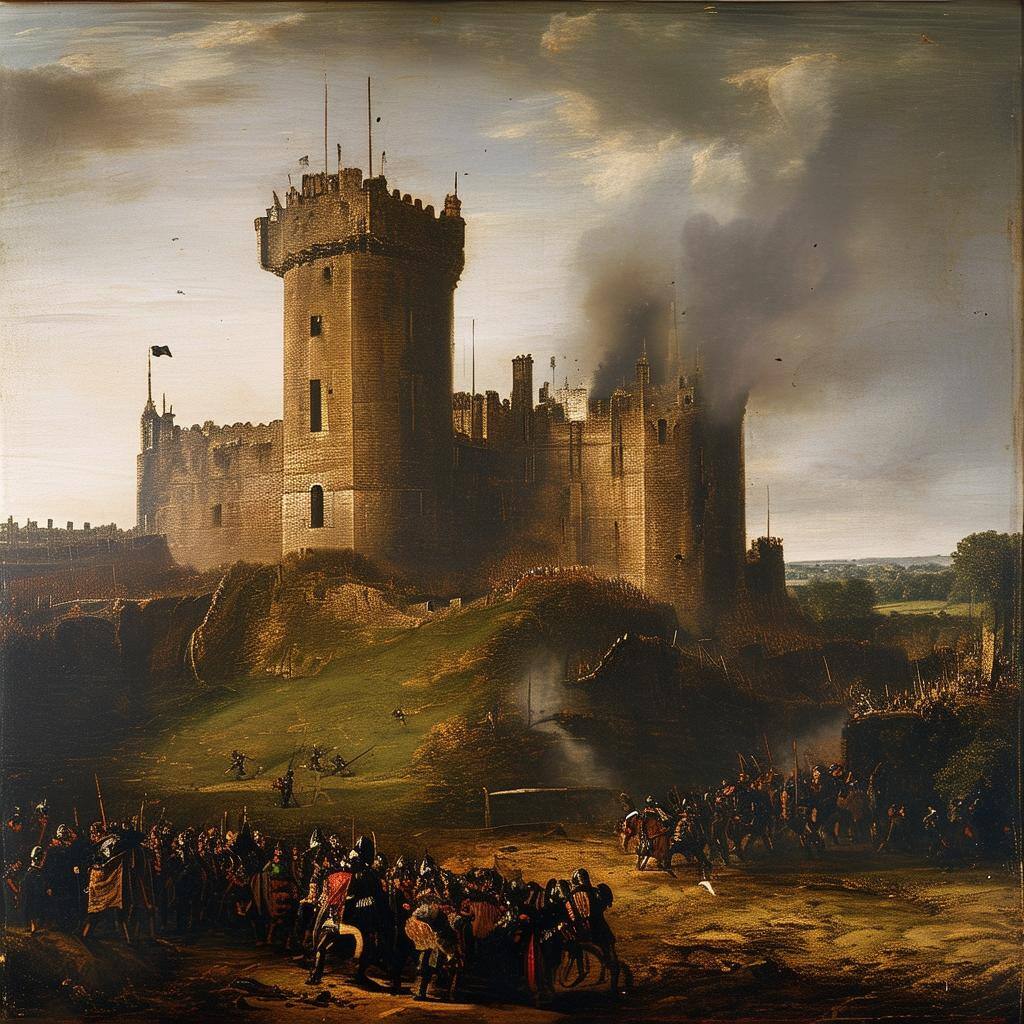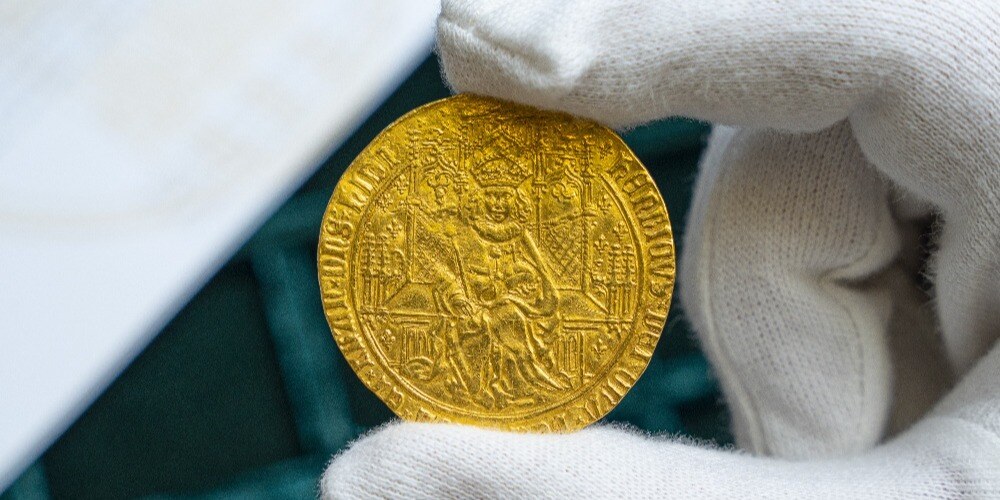Stanley Gibbons Baldwin’s is thrilled to present the Ancient, British and World Coins auction at 399 Strand on Wednesday 12 March. Highlights of the auction include four halfcrowns of Charles I with an intriguing provenance. The coins come with identifying tickets, stating that they were “found in the rafters of Crediton Church,” in the town of Crediton, Devon. Three of the halfcrowns are regular issues struck at the Tower of London in 1633/34, 1641/43 and 1643/44. The fourth – much rarer – was struck at New Inn Hall, Oxford in 1645, when Charles had left London to his power base in the West.
But when was this group of coins hidden in the roof of a West Country church – was it anything to do with the troubled times and the chaos of the Civil War?
After extensive research, Richard Gladdle of Stanley Gibbons Baldwin’s is able to reveal all, as in a volume of Numismatic Chronicle for June 1897, there was a report by H. A. Gruber, describing the hoard of 1,884 coins that had been found in the vestry roof of Crediton Parish Church in 1896, which at that time was in the British Museum being examined.

On 15th October 1896, workmen were doing some renovations to a small room just above the vestry, which previously had been used simply as a plumbery. As they hacked off the ceiling plaster, the workers were showered with silver coins. There, wedged between the rafters, was a leather bag containing 19¾lbs of 1,884 silver coins which rained down once the leather had been pierced. Of the 1,884 silver coins, the latest dated was 1683, so it was concluded that they were concealed shortly after this date – especially as the few Charles II milled coins present were all in good condition, meaning that they had not circulated for long. However, this particular hoard was of a very strange composition, for unlike the character of most coin hoards found, where the coins are by and large from a single period of time, the coins here ranged from Edward VI to Charles II, some 140 years. In fact, there were a larger number of coins dating before the death of Elizabeth (1603) than coins struck after! The possible explanation to this is that they had been accumulated over quite a long period of time. As most of the coins pre–Charles I were in highly circulated and therefor poor condition, the British Museum concluded that the coins had been amassed over a twenty-year period, probably beginning around 1665 to be concealed in the vestry sometime around 1685.
“In these four coins there is not just a glimpse into the Civil War but also the mystery of what they were doing in the rafters of a church in Devon – a marvellous piece of local history.” - Richard Gladdle, Stanley Gibbons Baldwin’s
There were no Commonwealth coins present in this large hoard, something which was initially thought to be significant. However, the circulation of Commonwealth coins was prohibited with the ‘Restoration’ and in November 1661 all Commonwealth coinage was called in for recoinage. This is the most probable explanation for their absence from this group – and also supports the argument that the coins did not begin to be accumulated until four or so years later.
So, who spent twenty years adding to a bag of silver, who concealed the coins in the rafters of the vestry of Crediton Parish Church? It is unlikely they were put in the ceiling of the plumbery – but rather under the floorboards of the large room above. The large room above was used as the meeting room of the Parish Council, so it does rather point to somebody ‘involved’ with the church. Most interestingly – what is the significance of the probability that the bag of coins took twenty years to amass? Siphoning off some of the more worn coins from collections over a period of time? Secret ‘war chest’ built up for emergencies? A fortune built up over many years? Were they stolen or just hidden for safe keeping and then forgotten?
We may never know…unless, perhaps, you know something more about how this hoard came to be in the rafters of Crediton Parish Church. Can any amateur sleuths in Devon help us with a piece of the puzzle.
 Richard Gladdle
Richard Gladdle
Numismatic Consultant
Richard specialises in British coins – particularly Gold Hammered Medieval and later, European Coins and ‘Paranumismatics’.
For more information about the upcoming Ancient, British and World Coin Auction, visit www.SGBaldwins.com
